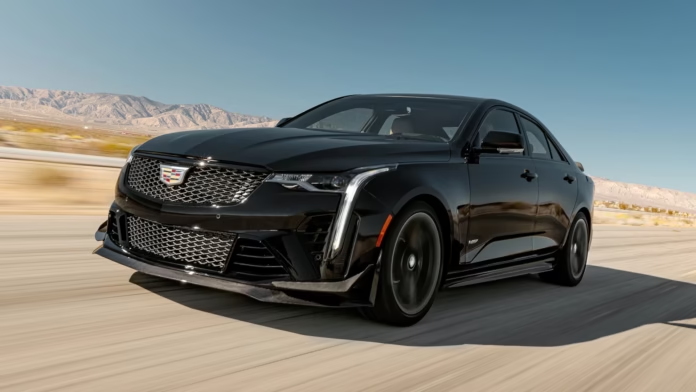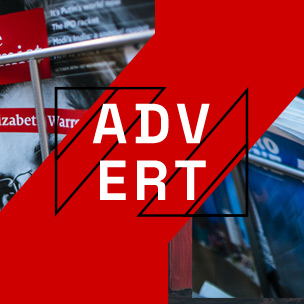Buying a car is one of the biggest financial decisions many people make, and securing a great deal requires research, strategy, and patience. Whether you’re purchasing a new or used vehicle, this guide will walk you through the essential steps to negotiate effectively, find the best discounts, and avoid common pitfalls.
1. Do Your Research Before Visiting a Dealership
Knowledge is power when it comes to car buying. Start by researching:
- Market Prices: Check the MSRP (Manufacturer’s Suggested Retail Price) and the invoice price (what the dealer paid). Websites like Edmunds and Kelley Blue Book (KBB) provide up-to-date pricing.
- True Market Value: Sites like TrueCar show what other buyers in your area are paying for the same car.
- Factory Incentives & Rebates: Automakers often offer cashback, low-interest financing, or lease deals. Visit the manufacturer’s website for current promotions.
- Used Car Value: If you’re buying used, check market prices on platforms like Autotrader, CarGurus, and Cars.com.
2. Get Pre-Approved for a Loan
If you’re financing, getting pre-approved for an auto loan before visiting a dealer can save you thousands. Banks, credit unions, and online lenders often provide better rates than dealership financing.
Where to Compare Loan Rates:
- Bankrate – Compare rates from different lenders.
- Capital One Auto Navigator – Pre-qualify without affecting your credit score.
- LightStream – Offers competitive rates for borrowers with good credit.
- Navy Federal Credit Union – Great for military members and their families.
Once you have pre-approval, use it as leverage when negotiating financing terms with the dealer.
3. Shop at the Right Time for the Best Discounts
Timing can significantly impact the price you pay. Consider these optimal times to buy:
- End of the Month/Quarter: Dealers have sales targets to meet, making them more willing to negotiate.
- End of the Year (November-December): Dealers offer significant discounts on current-year models to make room for new inventory.
- Holiday Sales Events: Major holidays like Black Friday, Memorial Day, and Labor Day often bring promotional discounts.
- Model Changeover Periods: When a new model year is released, dealerships discount the previous year’s models to clear inventory.
4. Negotiate the Price, Not the Monthly Payment
Many dealers try to focus negotiations on monthly payments instead of the actual car price. This tactic can lead to hidden costs and unnecessary add-ons. Follow these steps for a better deal:
- Start with the Invoice Price – Offer a price closer to what the dealer paid, not the MSRP.
- Be Willing to Walk Away – If the deal isn’t right, don’t be afraid to leave. Many dealers will call back with a better offer.
- Use Competing Quotes – Get multiple dealer quotes online and use them as leverage. Sites like CarBargains and CarsDirect can help with this.
5. Look for Dealer Incentives and Hidden Discounts
Manufacturers often offer incentives that dealerships don’t advertise upfront. Ask about:
- Cash Rebates & Loyalty Discounts: Some brands offer rebates for repeat customers.
- College Graduate & Military Discounts: Many manufacturers provide exclusive offers for recent graduates and military personnel.
- Low APR Financing Offers: Automakers may offer 0% or low-interest financing for well-qualified buyers.
Visit Autobytel or Edmunds Incentives & Rebates to see available promotions.
6. Be Cautious with Add-Ons and Fees
Dealerships often try to upsell unnecessary add-ons that increase your total cost. Some common extras to watch out for:
- Extended Warranties: While they can be useful, many third-party providers offer better deals. Compare options on CarShield or Endurance.
- GAP Insurance: Often overpriced at dealerships. Check with your insurance provider first.
- Dealer Fees: Some fees (like destination charges) are non-negotiable, but others (like documentation fees) can sometimes be reduced.
Request a breakdown of all fees before signing.
7. Consider Certified Pre-Owned (CPO) for a Better Value
If you’re looking for a balance between price and reliability, a Certified Pre-Owned (CPO) vehicle can be a great option. These cars:
- Are inspected and reconditioned by the manufacturer.
- Come with extended warranties and often lower financing rates.
- Are more affordable than new cars but still offer modern features.
Check out manufacturer CPO programs on CPO Comparison Guide.
8. Use Online Car Buying Services for Better Deals
If you want to avoid in-person negotiations, online platforms can help secure a fair deal:
- Carvana – No-haggle pricing, home delivery.
- Vroom – Offers financing and home delivery.
- Shift – Test drives available before purchase.
- TrueCar – Connects you with local dealers offering competitive prices.
These services simplify the buying process and often provide better deals than traditional dealerships.
9. Sell or Trade-In Your Old Car for Maximum Value
If you’re trading in a vehicle, follow these steps to get the best offer:
- Get multiple quotes – Check offers from CarMax, Carvana, and KBB Instant Cash Offer.
- Negotiate trade-in separately – Dealers may offer a higher trade-in value but increase the car price to compensate.
- Consider selling privately – You’ll typically get a better price than trading in at a dealership.
Final Thoughts: Getting the Best Deal Requires Strategy
Buying a car at a great price is possible if you take the time to research, negotiate, and use available resources. Here’s a quick summary of key strategies:
- Research prices using sites like KBB, Edmunds, and TrueCar.
- Get pre-approved for a loan before visiting a dealership.
- Shop at the right time (end of the month, year-end sales, etc.).
- Negotiate based on the total car price, not just monthly payments.
- Look for manufacturer incentives and hidden discounts.
- Be cautious with add-ons and dealer fees.
- Consider CPO or online buying services for better deals.
- Maximize trade-in value by getting multiple quotes.
By following these steps and leveraging online resources, you’ll be in a strong position to secure the best deal on your next car.



